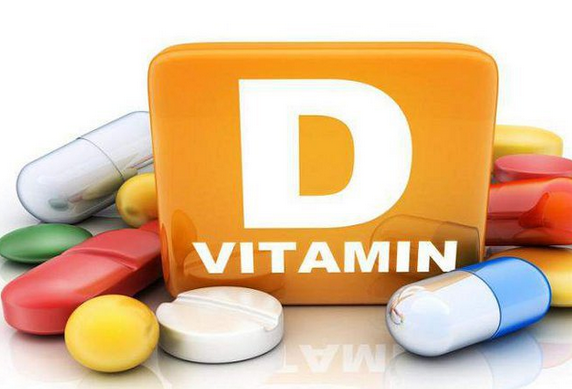Vitamin D and COVID-19: A Physiological Perspective
DOI:
https://doi.org/10.15419/bmrat.v8i5.674Keywords:
1,25-dihydroxyvitamin D, Angiotensin Converting Enzyme 2, COVID-19, Renin-Angiotensin System, SARS-CoV-2, T-cell Differentiation, Vitamin DAbstract
Known for its ability to enhance the performance of the immune system, preclude microbial infections, and reduce susceptibility to influenza, Vitamin D (or 1,25-dihydroxyvitamin D (1,25(OH)2D) as the active form) has garnered a positive reputation in the management of COVID-19 for some time. Its deficiency is statistically correlated with infection of the disease, as well as disease severity and fatalities. There have been suggestions that Vitamin D supplements could either prevent the contraction of SARS-CoV-2, the coronavirus which causes the disease or alleviate the symptoms of the disease. Indeed, data have established a relationship between Vitamin D supplementation and the severity of respiratory illnesses, with some assays indicating optimistic results in COVID-19 patients who were supplemented with the vitamin. Accordingly, a great deal of research and efforts have been put into investigating the physiological mechanisms in the human body attributable to the vitamin’s reputation against the coronavirus. Combined with what was already discovered before the advent of SARS-CoV-2, a great amount of knowledge has consequently now been unveiled. Via regulation of various pathways, 1,25(OH)2D promotes the production of antimicrobial peptides, autophagy, as well as integrity and impermeability of cellular junctions against pathogens. Moreover, it mitigates the consequences of SARS-CoV-2 infection, such as cytokine storm (through immunomodulation of T cell differentiation pathways) and lung injury (through stimulation of the Angiotensin-Converting Enzyme 2 (ACE2) and manipulation of the Renin-Angiotensin System (RAS)). Nevertheless, Vitamin D deficiency still plagues the global population across all age groups, possibly contributing to the heightened global exposure to the coronavirus. With the COVID-19 pandemic inexorably raging on with no prospect of termination observable in the foreseeable future, this review article provides a concise yet thorough insight into the vast knowledge which could illuminate the significance of Vitamin D amidst the current predicament experienced by mankind, as well as instigate further curiosity and ignite further investigations into the role of vitamins, such as Vitamin D, as a safeguard against SARS-CoV-2.

Downloads
Published
Issue
Section
License
Copyright The Author(s) 2017. This article is published with open access by BioMedPress. This article is distributed under the terms of the Creative Commons Attribution License (CC-BY 4.0) which permits any use, distribution, and reproduction in any medium, provided the original author(s) and the source are credited.
